Introduction
In the realm of traditional herbal remedies and modern health supplements, mulberry leaves (Morus alba) occupy a unique niche. Renowned for their nutrient-dense profile, which includes vitamins, minerals, antioxidants, and notably, the compound DNJ (1-deoxynojirimycin) that aids in blood sugar regulation, mulberry leaves have been cherished across cultures for centuries. From their use in tea to their incorporation into dietary supplements, the versatility of mulberry leaves is boundless. However, harnessing their full potential necessitates a meticulous drying process. This article delves into the art of drying mulberry leaves, exploring the techniques, considerations, and benefits of preserving these natural treasures.
The Importance of Drying Mulberry Leaves
Drying mulberry leaves is not merely a preservation method but a crucial step in enhancing their shelf life, concentration of nutrients, and ease of use. Fresh mulberry leaves, while rich in nutrients, are perishable and prone to microbial growth, limiting their storage potential. By drying them, we浓缩 their nutrients, making them more concentrated and easier to store for extended periods without losing their nutritional value. Furthermore, dried mulberry leaves are more convenient for brewing tea, cooking, or encapsulating into supplements.
Choosing the Right Mulberry Leaves
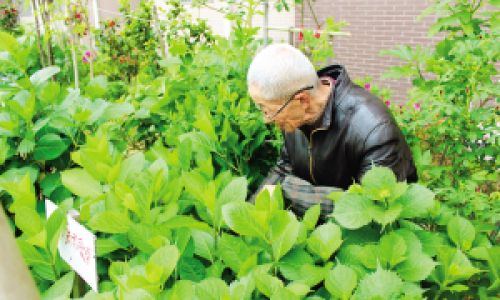
Before embarking on the drying journey, it’s essential to source high-quality mulberry leaves. Look for leaves that are free from pests, diseases, and contaminants. Ideally, pick leaves from healthy, mature mulberry trees during the peak growing season, as they tend to be more nutrient-dense. Avoid leaves that show signs of wilting, discoloration, or damage, as these can impact the final quality of the dried product.
Preparation for Drying
Once you’ve gathered your mulberry leaves, thorough preparation is key. Begin by rinsing the leaves gently under clean, running water to remove any dirt, dust, or residual pesticides. Pat them dry using a clean cloth or paper towels to avoid introducing excess moisture during the drying process. It’s crucial to handle the leaves delicately to prevent bruising, which can lead to oxidation and nutrient loss.
Drying Methods: Natural vs. Artificial
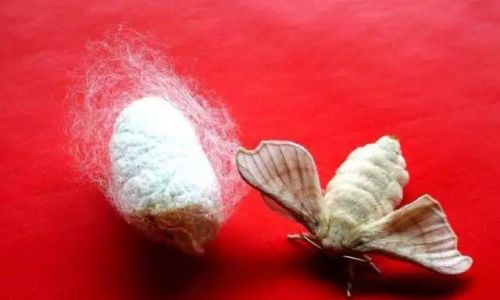
There are two primary methods for drying mulberry leaves: natural air-drying and artificial drying using heat sources. Each method has its own set of advantages and considerations.
Natural Air-Drying
Natural air-drying is the simplest and most traditional method. To begin, spread the cleaned and patted dry mulberry leaves in a single layer on drying racks, screens, or even clean, absorbent towels. Ensure there’s adequate spacing between the leaves to promote even drying. Place the racks in a well-ventilated, shaded area away from direct sunlight, which can degrade nutrients and discolor the leaves. Depending on climate conditions, natural drying can take several days to a week. Regularly turn the leaves to ensure even drying on all sides.
Artificial Drying
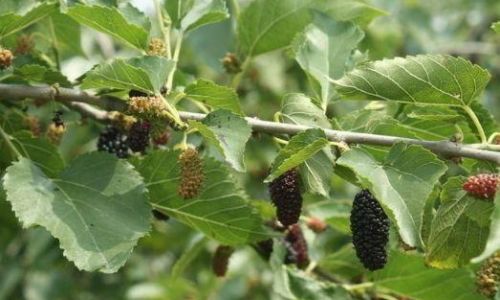
Artificial drying, often done using a food dehydrator or oven, offers faster results and greater control over the drying process. When using a food dehydrator, set the temperature between 95°F to 115°F (35°C to 46°C) and allow the leaves to dry for about 6 to 12 hours, depending on the thickness and moisture content. If using an oven, set it to its lowest temperature, typically around 150°F (65°C), with the door slightly ajar to allow moisture escape. Monitor the leaves closely to prevent over-drying, which can make them brittle and lose flavor.
Post-Drying Care
Once the mulberry leaves are fully dried, they should be crisp, brittle, and retain their natural color. To further preserve their quality, store the dried leaves in an airtight container, preferably one made of glass or stainless steel to avoid chemical contamination. Place a desiccant packet inside the container to absorb any residual moisture and store in a cool, dark place, ideally at room temperature or slightly below. Properly stored, dried mulberry leaves can retain their nutritional value and flavor for up to a year.
Quality Control and Usage
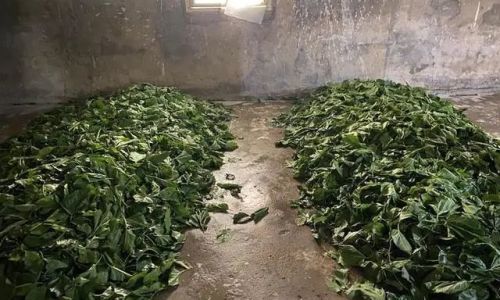
Before using the dried mulberry leaves, inspect them for signs of mold, discoloration, or off odors, which may indicate improper drying or storage. High-quality dried mulberry leaves should have a pleasant aroma and a slightly sweet taste when brewed into tea. They can be enjoyed as a tea, incorporated into smoothies, baked goods, or even used topically in some herbal remedies.
Conclusion
The art of drying mulberry leaves is a delicate balance of science and tradition, requiring patience, attention to detail, and a respect for nature’s bounty. By carefully selecting, preparing, and drying mulberry leaves, we not only preserve their nutritional integrity but also unlock their potential for promoting health and well-being. Whether you’re a herbalist, a health-conscious individual, or simply someone who appreciates the beauty of nature’s remedies, mastering the art of drying mulberry leaves can be a rewarding endeavor that connects you deeply with the cycles of growth and preservation. So, gather your leaves, roll up your sleeves, and embark on this journey of preserving nature’s nutrition one leaf at a time.
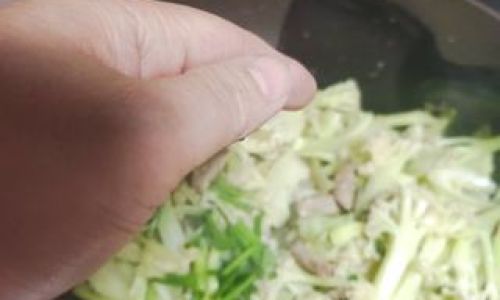
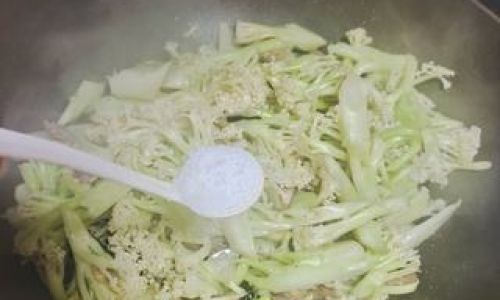
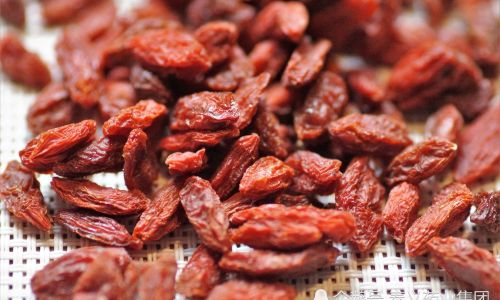
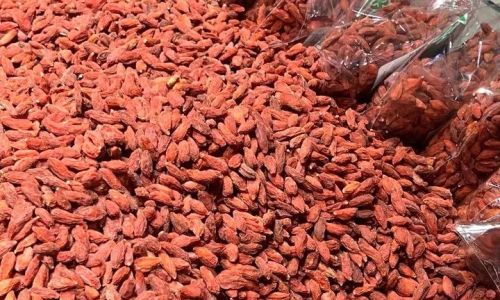
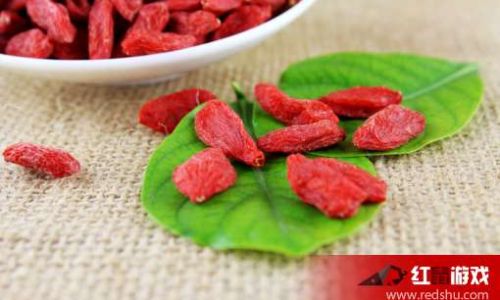
0 comments